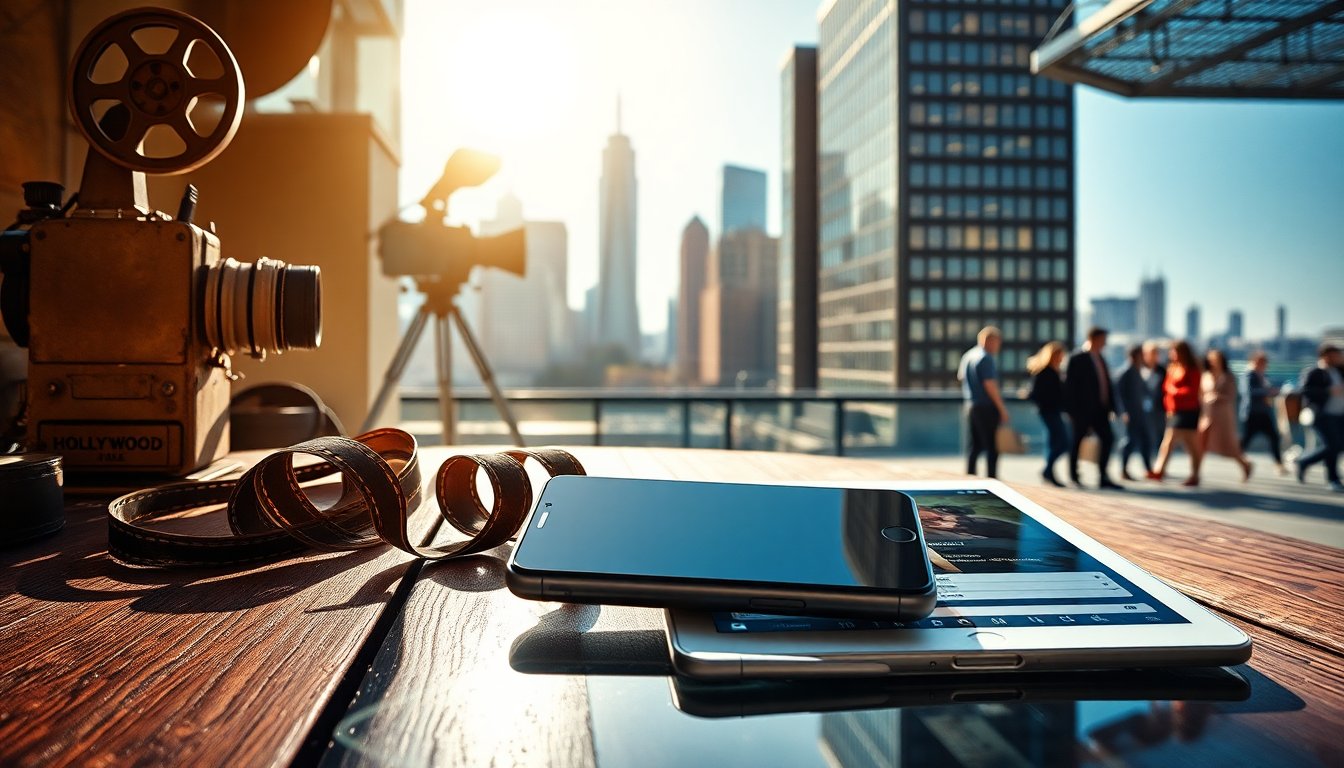Table of Contents
The landscape of American celebrity culture has undergone significant transformation, reflecting broader changes in society, technology, and media. From the golden age of Hollywood to the rise of social media influencers, our perception and interaction with celebrities have evolved, leading to new forms of fame and public engagement.
This article explores the key milestones in this evolution, examining how various factors have shaped the modern celebrity and their influence on American culture.
The golden age of Hollywood
The early to mid-20th century marked the golden age of Hollywood, a time when film stars like Marilyn Monroe and James Dean became cultural icons. Their influence extended beyond the silver screen, impacting fashion, attitudes, and social norms. This era was characterized by a carefully curated image, where studios tightly controlled the public personas of their stars, creating an illusion of perfection.
The impact of media
Media played a crucial role in solidifying the status of these celebrities. Magazines such as Life and People not only reported on their lives but also crafted narratives that captivated the public. This celebrity worship phenomenon grew, as fans found solace and aspiration in the glamorous lives of their favorite stars.
The rise of television and reality TV
The introduction of television in the mid-20th century further transformed American celebrity culture. Icons like Lucille Ball and Johnny Carson brought entertainment into living rooms nationwide, becoming household names. However, it was the emergence of reality TV in the early 2000s that fundamentally altered the dynamics of fame.
Shows like The Osbournes and Keeping Up with the Kardashians blurred the lines between reality and scripted content, showcasing the raw, unfiltered lives of celebrities. This shift allowed audiences to connect with stars on a more personal level, creating a new type of celebrity that was often relatable and flawed.
The democratization of fame
With the rise of social media platforms like Instagram and Twitter, the democratization of fame became evident. Ordinary individuals could now achieve celebrity status, bypassing traditional gatekeepers. Influencers such as Kim Kardashian and Logan Paul exemplify this shift, leveraging their online presence to build brands and engage with millions. Their success illustrates how accessibility to platforms has redefined the metrics of fame.
The modern celebrity: challenges and responsibilities
Today’s American celebrities face unique challenges and responsibilities. The demand for authenticity has never been greater, as audiences expect transparency from those they admire. Social media has granted celebrities a direct line to their fans, facilitating immediate feedback and engagement. However, this level of exposure also invites scrutiny and criticism.
Many stars now use their platforms to advocate for social issues, from climate change to mental health awareness. This shift highlights the evolving role of celebrities as not only entertainers but also as influential figures for change. The expectations placed on these individuals can be immense, as fans often look to them for guidance and inspiration.
Celebrity activism
Celebrity activism has emerged as a powerful force in American society. Influencers and stars leverage their platforms to address critical issues, mobilizing their fan base for social causes. Celebrities like Leonardo DiCaprio and Taylor Swift have used their voices to raise awareness about environmental concerns and social justice, respectively. This activism reflects a growing trend where celebrities are held accountable for their influence, making them more than just entertainers.
The future of celebrity culture
This article explores the key milestones in this evolution, examining how various factors have shaped the modern celebrity and their influence on American culture.0


